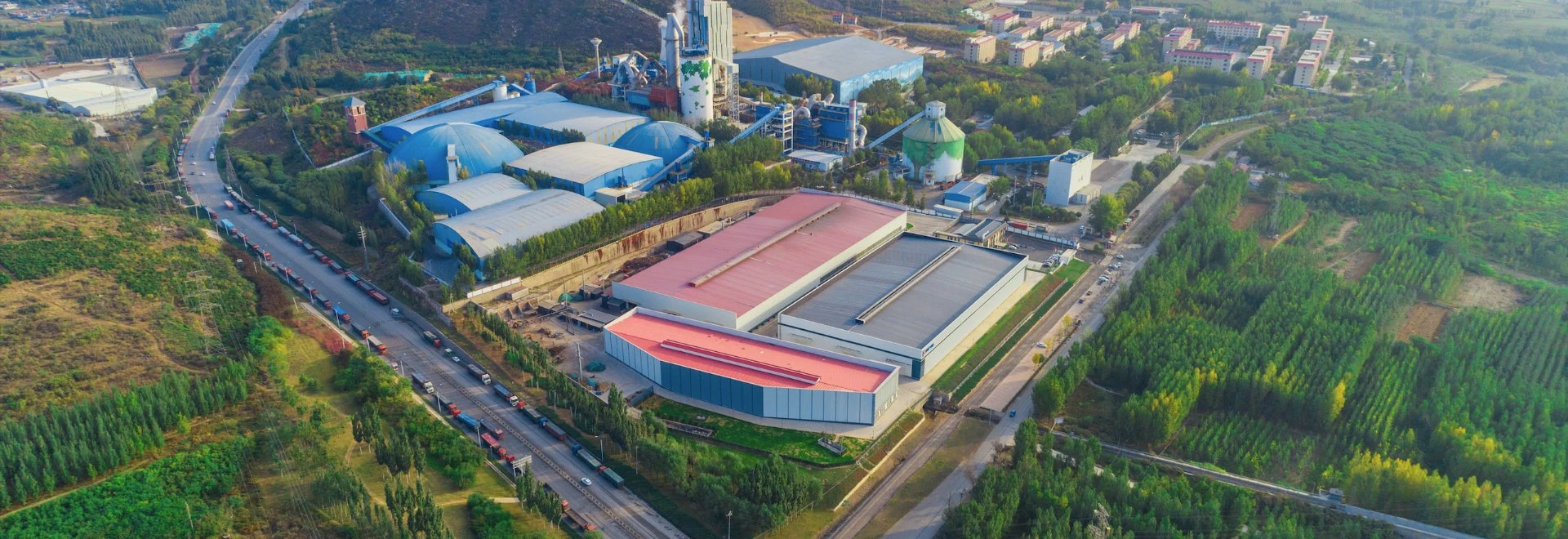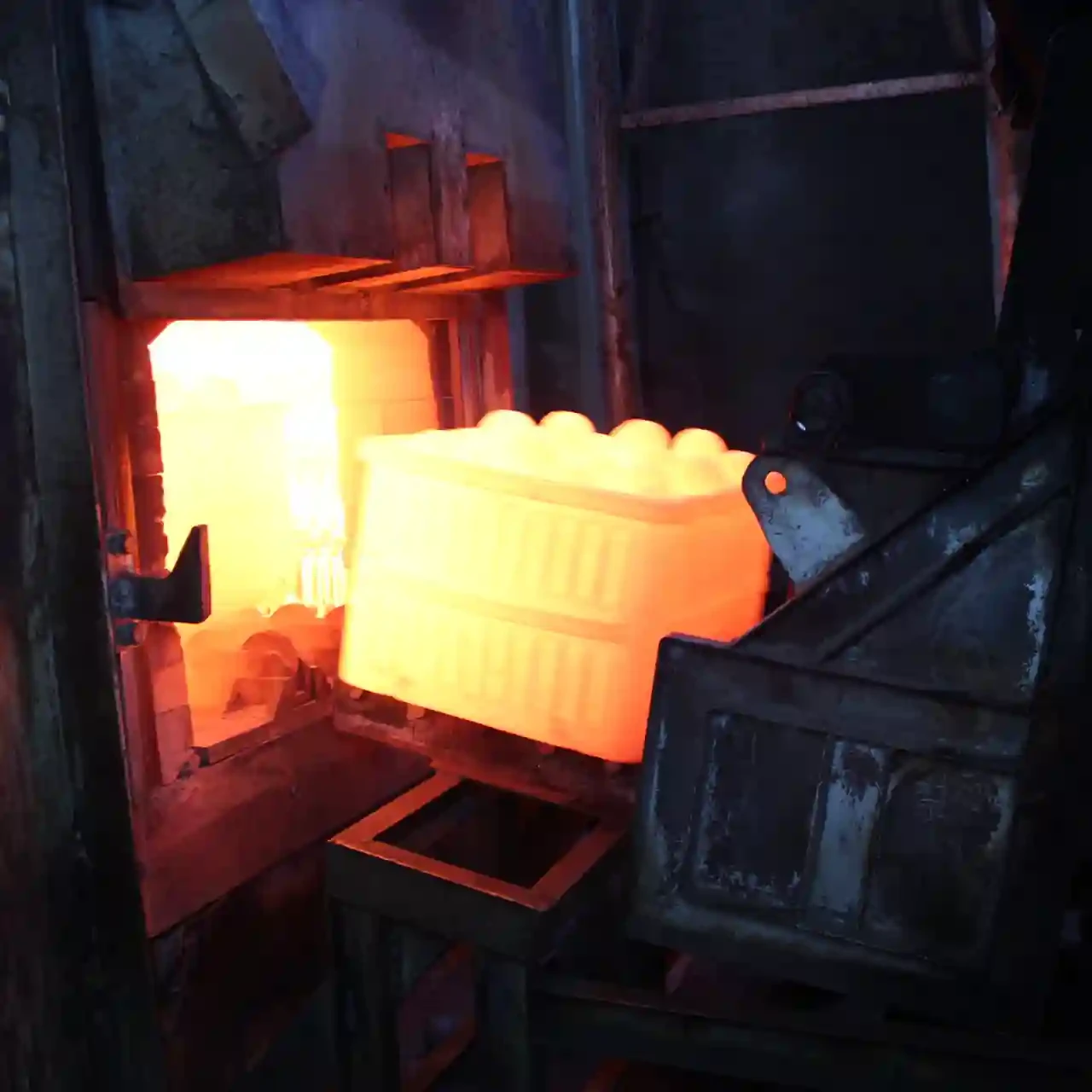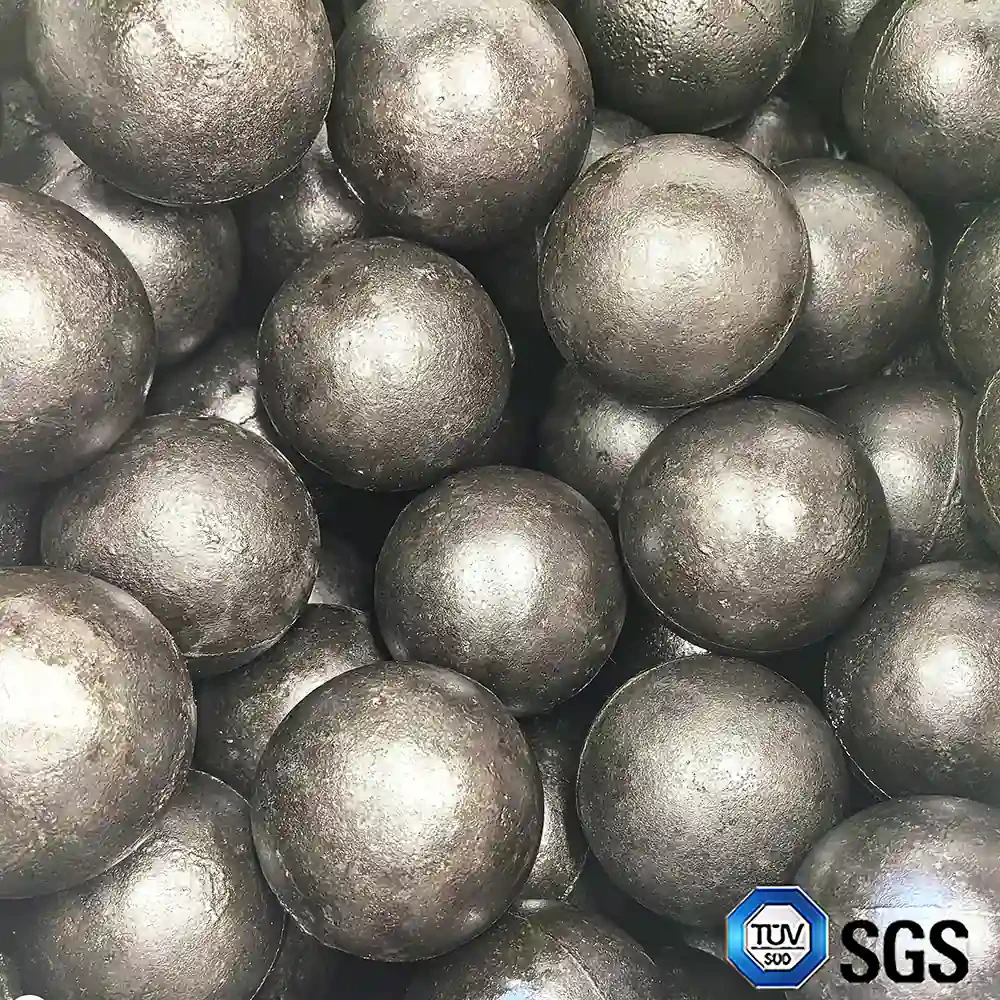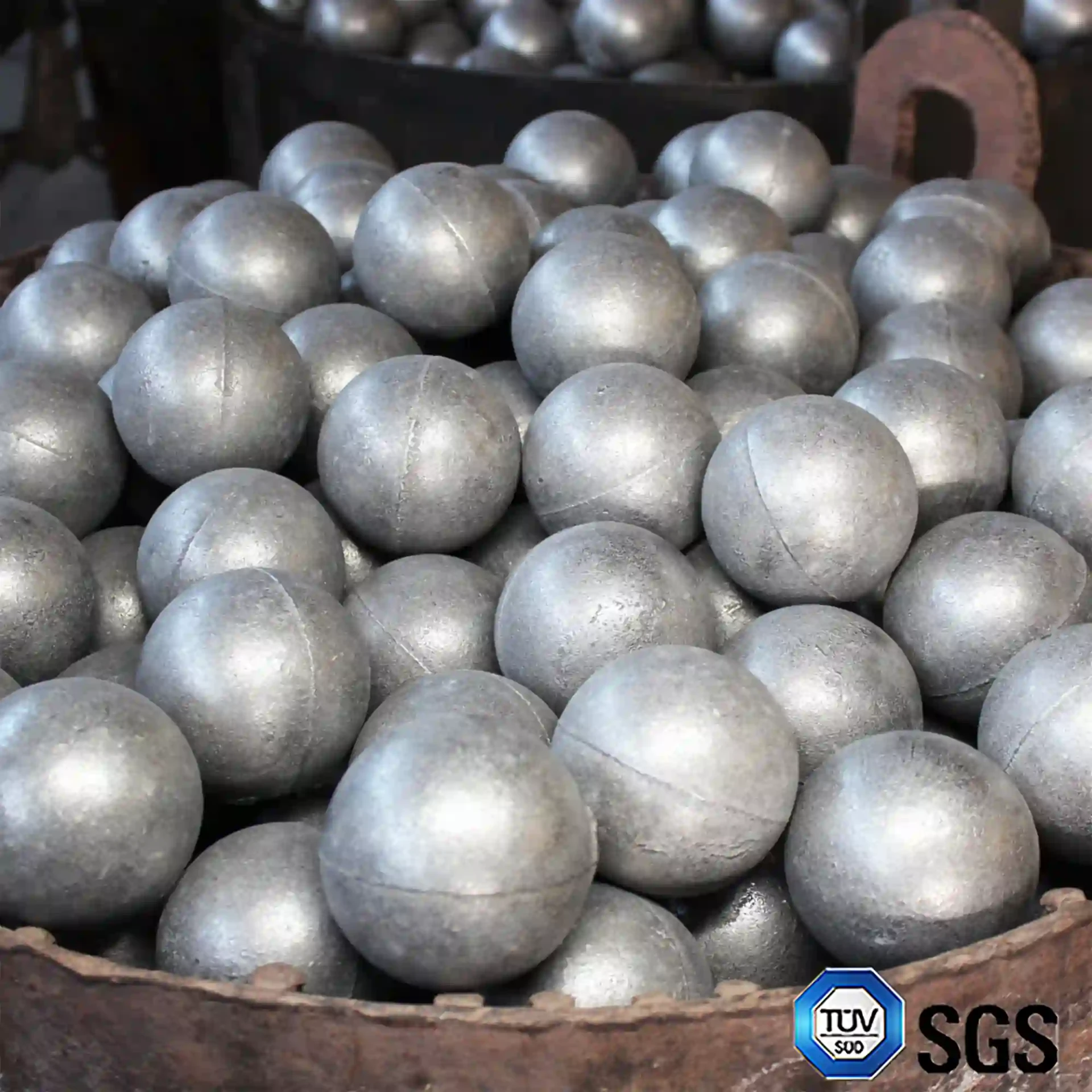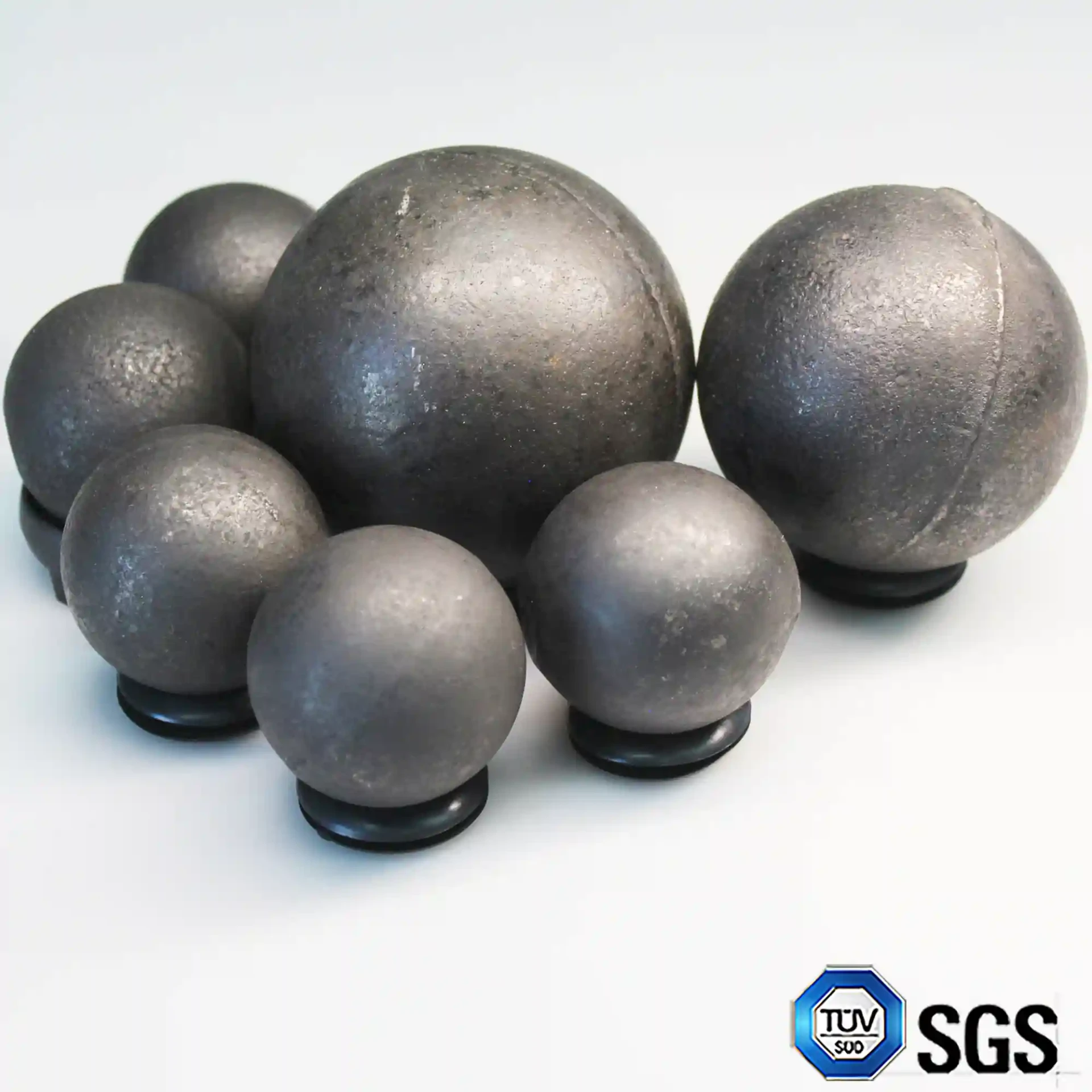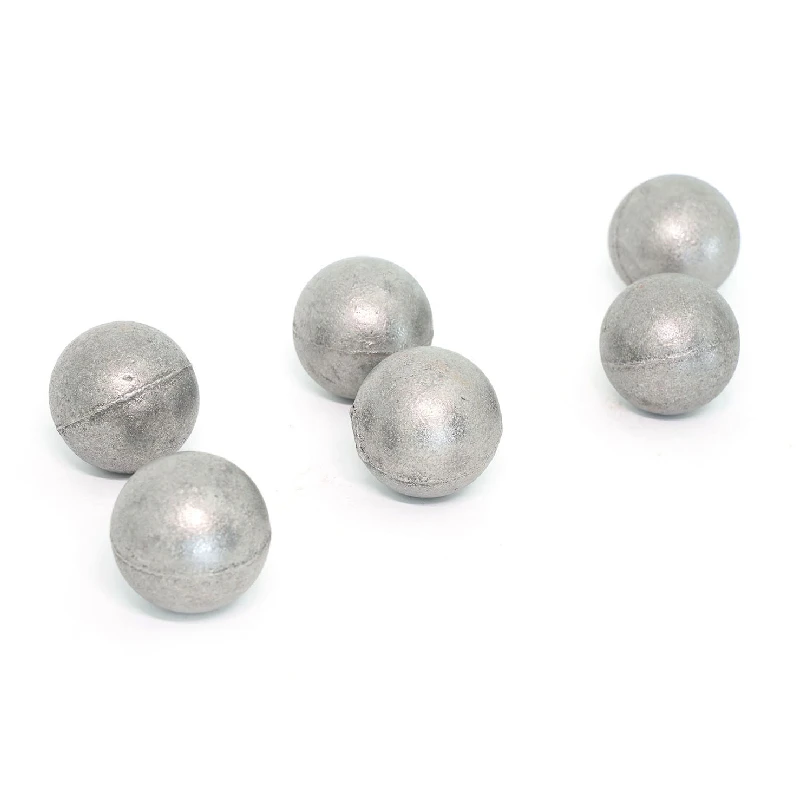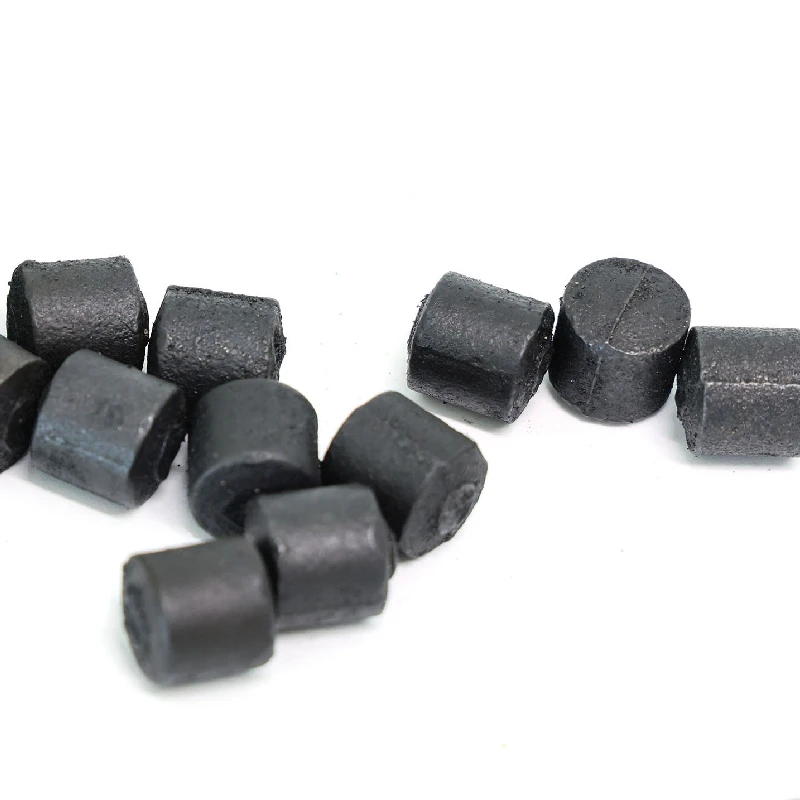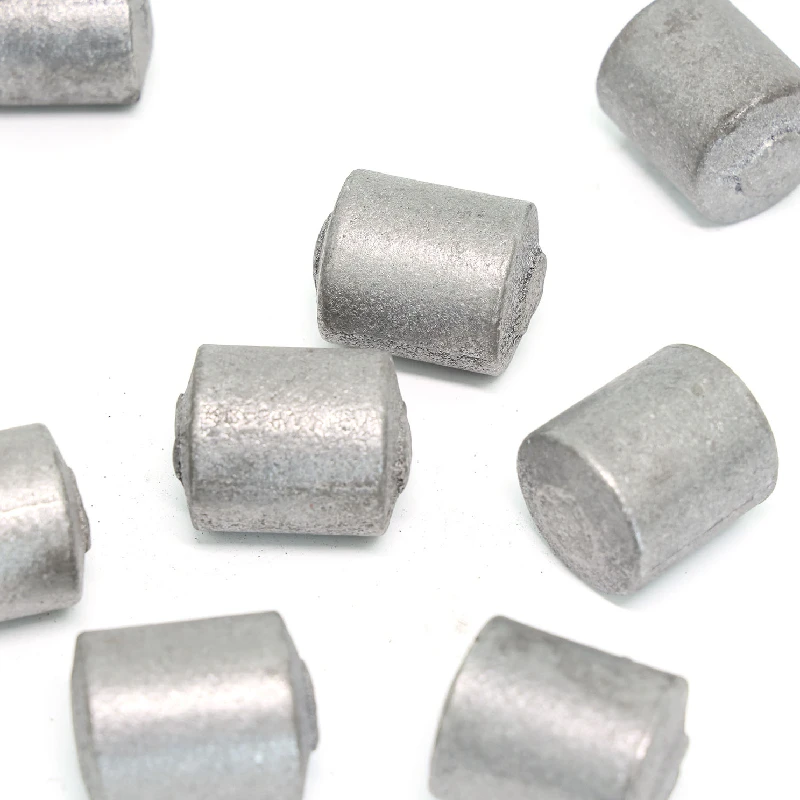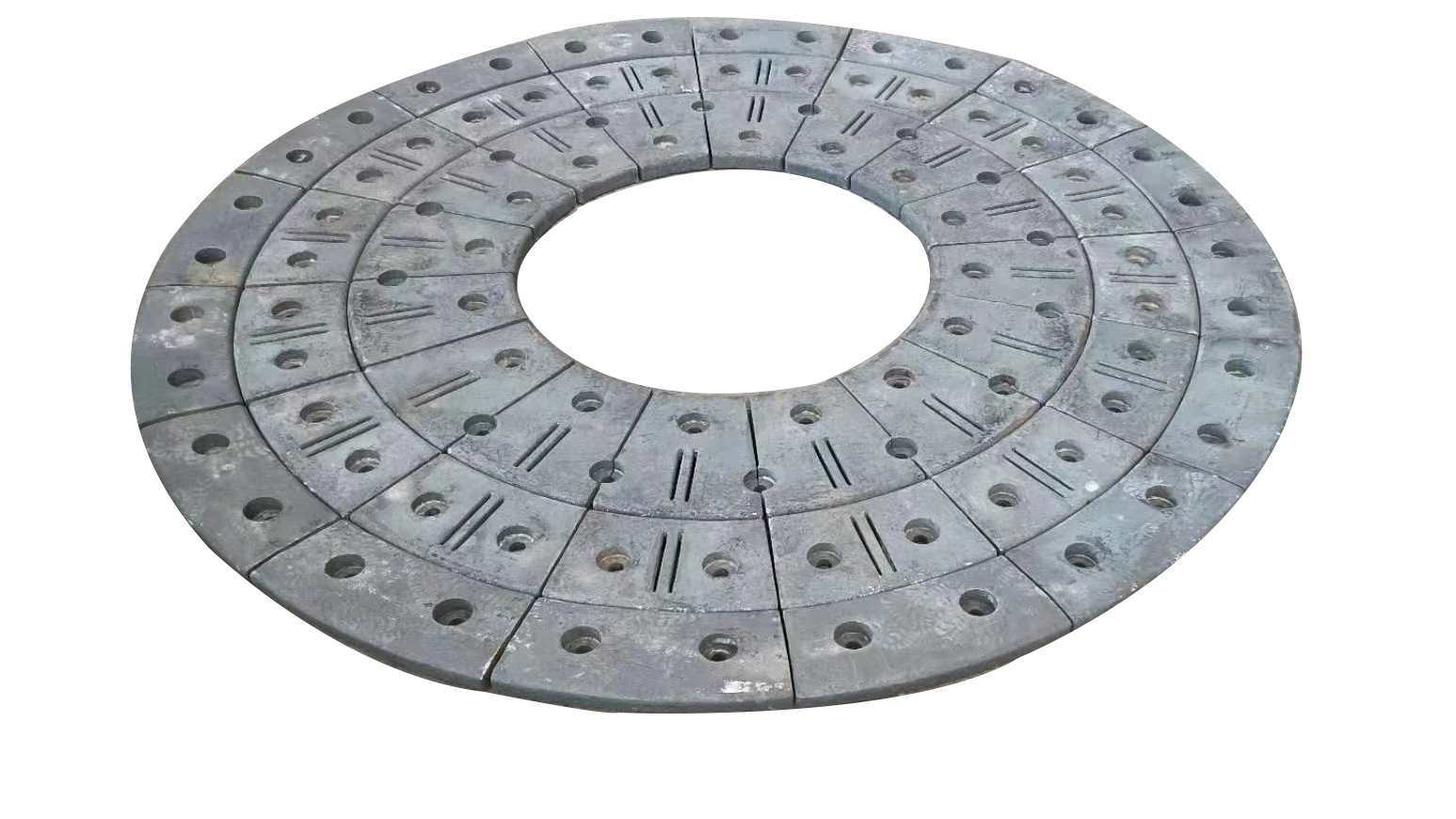Dec . 05, 2024 21:31 Back to list
Manganese Boron Steel Composition and Its Applications in Industry
Understanding Manganese Boron Steel Properties and Applications
Manganese boron steel, recognized for its unique combination of properties, has become an essential material in various industrial applications. This specialized steel alloy integrates manganese and boron, elements known for their beneficial influences on the mechanical characteristics of steel.
Properties of Manganese Boron Steel
The addition of manganese in steel enhances its strength and toughness. Manganese acts as a solid solution strengthener and significantly increases hardenability. This means that manganese boron steel can achieve a higher hardness level through heat treatment processes compared to standard carbon steels.
On the other hand, boron, even in small quantities, greatly impacts the steel's overall properties. It increases hardenability and promotes the formation of martensite, a hard phase resulting from quick cooling during heat treatment. This phase is crucial for the steel's strength and wear resistance. As a result, manganese boron steel exhibits excellent mechanical properties, including high tensile strength, enhanced ductility, and improved wear resistance.
Applications in Industry
.
In construction, its applications extend to building frames, heavy equipment, and infrastructure components where durability and resistance to wear and deformation are paramount. The construction of bridges and heavy machinery benefits from the reliable strength and resilience that manganese boron steel offers.
망간 붕소강
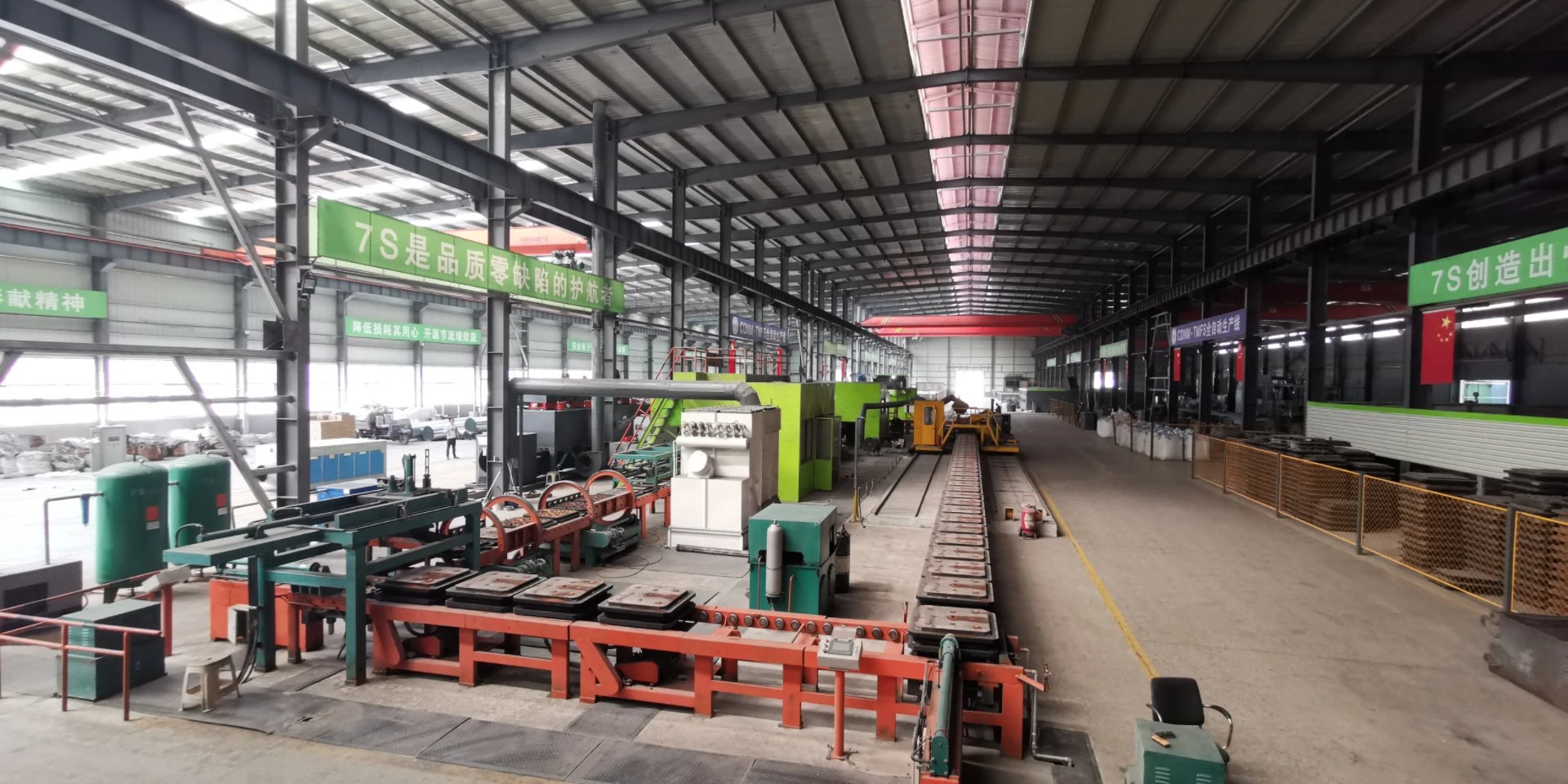
Heat Treatment and Processing
The processing of manganese boron steel is crucial to unlocking its full potential. Techniques such as quenching and tempering are commonly employed to optimize the structure of the alloy. By precisely controlling the heat treatment process, manufacturers can tailor the mechanical properties of manganese boron steel to specific applications.
For instance, quenching the steel rapidly cools it from a high temperature, resulting in a hardened structure that can withstand severe stress and wear. This treatment is often followed by tempering, which involves reheating the steel to relieve internal stresses while maintaining high strength. This two-step process ensures that the final product displays a balance of hardness and toughness, making it ideal for demanding applications.
Environmental Considerations and Innovations
As industries evolve, the demand for sustainable practices increases. Manganese boron steel holds promise in this regard, as its properties contribute to lighter structures, thereby enhancing fuel efficiency in automotive applications. Additionally, advancements in the recycling of steel and the reduced need for extensive raw material extraction are aligning with global sustainability goals.
Ongoing research and development in the field aim to improve the performance of manganese boron steel further. Innovations might include the exploration of alternative alloying elements or the development of new heat treatment processes. Such initiatives will not only enhance its properties but also expand its applications across various sectors.
Conclusion
In summary, manganese boron steel stands out as a remarkable material due to its superior strength and versatility. Its unique properties are harnessed across multiple industries, with significant contributions to automotive safety and construction durability. As technology advances, the continued development of manganese boron steel promises to meet evolving industry needs while aligning with sustainability goals. This makes it a material of choice for the future, reflecting the intersection of performance and environmental responsibility.
-
Ultimate Chrome Grinding Ball Solution
NewsAug.12,2025
-
Superior Wear Resistance High Chrome Grinding Ball
NewsAug.12,2025
-
Premium Grinding Cylpebs for Industrial Efficiency
NewsAug.12,2025
-
Industrial Grinding Excellence with Grinding Cylpebs
NewsAug.12,2025
-
Durable Lining Plate Solutions for Industrial Use
NewsAug.12,2025
-
Chrome Grinding Ball Powering Industrial Reliability Daily
NewsAug.12,2025
Realted Products

